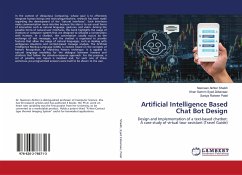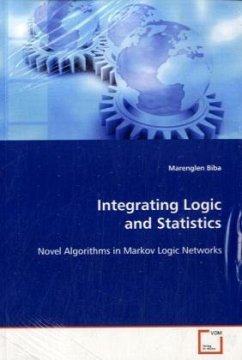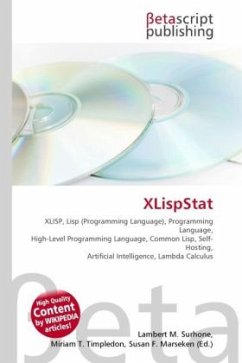
Real-time Intention Analysis in Teams
Concept of a Robust and Training-free Probabilistic System for Real-time Intention Analysis in Teams
Versandkostenfrei!
Versandfertig in 6-10 Tagen
59,99 €
inkl. MwSt.

PAYBACK Punkte
30 °P sammeln!
Present-day mobility and ubiquity of computing devices make IT accessible for user activities that are temporally and spatially distributed. Mobile and ubiquitous systems aim for autonomous and proactive assistance. Infrastructure needs to be able to identify the users' needs. This has two important consequences: 1. The set of devices available for interaction may change over time. This raises the challenge of adaptivity. 2. The structure of a user task becomes accessible to the system. This creates the opportunity of proactive assistance. In order to enable adaptivity and to use proactive ass...
Present-day mobility and ubiquity of computing devices make IT accessible for user activities that are temporally and spatially distributed. Mobile and ubiquitous systems aim for autonomous and proactive assistance. Infrastructure needs to be able to identify the users' needs. This has two important consequences: 1. The set of devices available for interaction may change over time. This raises the challenge of adaptivity. 2. The structure of a user task becomes accessible to the system. This creates the opportunity of proactive assistance. In order to enable adaptivity and to use proactive assistance a concept investigated in current research is to provide computing systems with explicit models of the user's behavior or tasks. Even though for both fields any aspects of the behavior or activities can be derived from psychological research on human cognition and social groups, both are seen as separate issues in system development and are addressed by different modeling concepts. This work reviews research areas to collect sensible descriptions of human behavior in both group and problem solving situations and then presents a concept for intention analysis and prediction in teams.












